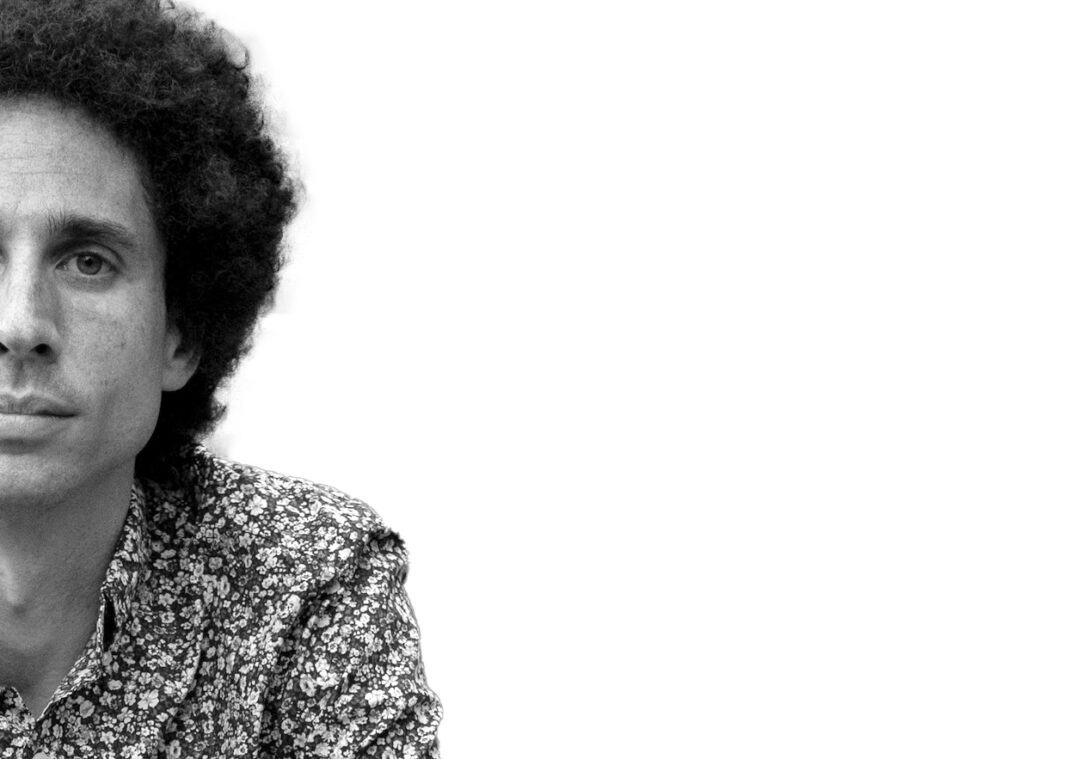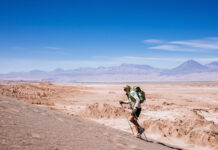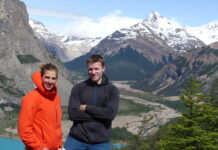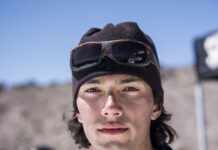It was a cruel twist of fate that led Cameron Levins to pursue the marathon distance. In 2016 when he should have been breaking track records, he sustained a serious ankle injury that not only dashed his dreams of going to the Rio Olympic Games but had him seriously consider his future.
Up until then the 5000 and 10,000 metre specialist had many honours to his name including two NCAA championships, a Commonwealth Games bronze medal, and numerous national podiums. But what could have been a bleak future ahead Levins took it in stride. “I was thinking of trying the marathon distance anyway, particularly as my ankle could no longer handle the track turns. It was easier for me to do workouts on the road.”
He wasn’t unfamiliar with road running—growing up on Vancouver Island he had always interspersed track with the occasional five- or 10-kilometre race: “just for fun.” But he did have to mentally adjust his training and admits he wasn’t a natural at tempo runs, which are the backbone of marathon training. But adjust he did, kicking off his career in style by debuting in the 2018 Toronto Waterfront Marathon by breaking Jerome Drayton’s 43-year-record, finishing in 2:09:25. The kid from Black Creek, B.C. was on the marathon map!
Like many kids of his age in elementary school he followed the cross-country running path, although he attributes this to his older brother: “He was a good cross-country runner so I just followed him.” At the end of his second grade he competed in his first race, with the third graders, and never looked back. “My parents joke that there was never a moment when I wasn’t running since I was able to walk!”
In the seventh grade he joined the Comox Valley Cougars, one of the top track clubs in B.C. and by the time he left high school he was a top ranked runner in the province. His success took him to Southern Utah University on a scholarship where his running was elevated to a new level under coach Eric Houle. He didn’t choose that college for any particular reason—his one goal was to be a NCAA athlete.
“I chose Southern Utah because it had a good geology program which interested me at the time. I could see they had some success at the track level, it was a nice campus and felt it was the best spot,” he recalls.
I was always told that having a positive experience
with your first marathon was important, it’s that core memory of the race that you would always have.
Levins thrived under Houle moving up to the 5000 and 10,000 metre distances. (At high school the longest distance was 3000 metres). His training hit new heights— literally as he was training at high altitude—and his weekly mileage increased. The results paid off. His banner year was 2012 when he won back-to-back NCAA races awarding him the Bowerman Award, given annually to the best athlete in American collegiate track and field—he was the first Canadian to receive the honour. That year he also represented Canada in the London Summer Olympics in the 5000 and 10,000 metres, finishing 14th and 11th.
“I didn’t have any expectations in London and felt it would be good experience for the world championships and the future. It was very cool and an atmosphere I hadn’t experienced before,” he remembers.
Levins was getting noticed. In 2013 he moved to Portland and joined the Nike Oregon Project (NOP) under Alberto Salazar. Levin is reflective when he talks about his time there admitting he had a lot of ups and downs and lacked some consistency. His high-volume weeks were reduced and he started weight training.“I didn’t perform when I needed to and even though it seemed the right move at the time, ultimately it wasn’t the right fit,” he says.
At college Levins was used to training as a team but at NOP everyone was treated individually and there was no camaraderie. He cared about his training and performances but came to learn he wasn’t a priority. “My success didn’t ultimately matter to the coaching staff. What was important to me wasn’t important to the program.”
Apart from the bronze medal in the 2014 Commonwealth Games, Levins wasn’t performing to his potential and then the ankle injury happened. He admits having the injury forced his hand: “switching to marathons had kind of been the plan all along.”
He soon adjusted to his new training regimen including the longer workouts. “I was feeling rewarded for the effort I was putting in and the more marathon training I did the more success I could find in it.”
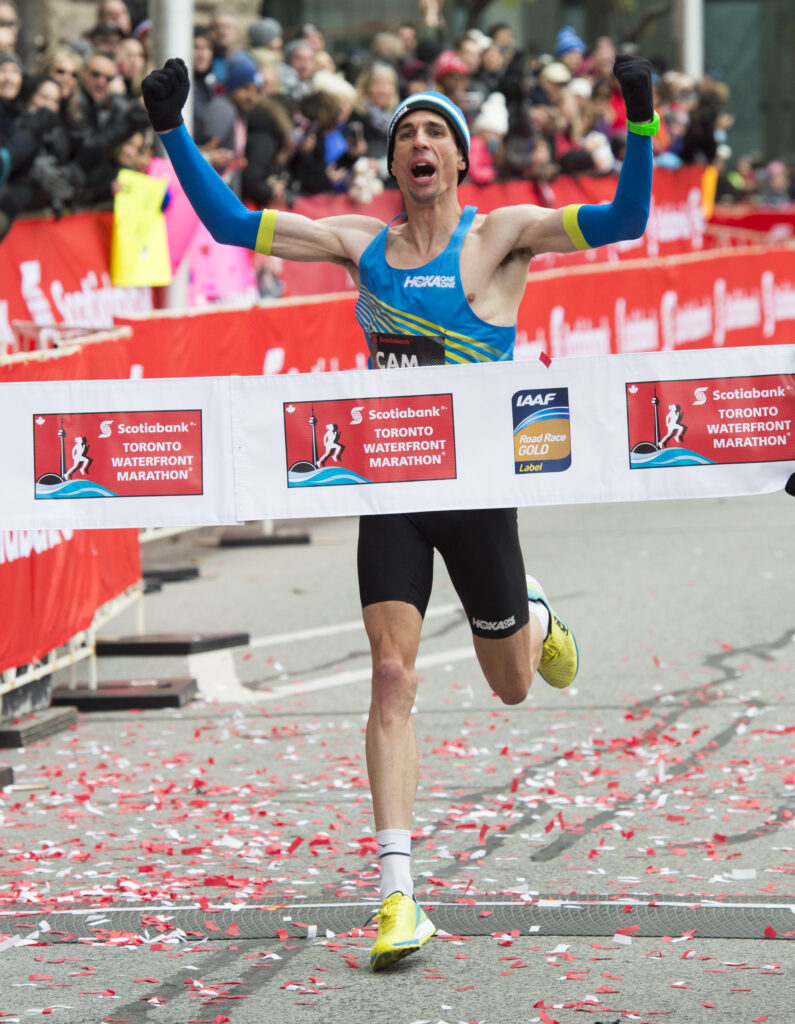
He has good memories of the 2018 Toronto Waterfront Marathon. “I was always told that having a positive experience with your first marathon was important, it’s that core memory of the race that you would always have. I went in with that mindset and had a good first one. I felt I could draw on that in the future although I have struggled in others since.”
After 2018 all of Canada’s hopes were on him to qualify for the Tokyo Olympics in 2020 but a disappointing race in Toronto in 2019 dashed that—temporarily. The postponement of the Olympics to 2021 gave him more opportunities and it was at his third attempt in May 2021 at a marathon in Fürstenfeld, Austria that clinched his place in a time of 2:10:14.
The Tokyo Olympics was another challenge. Held in the intense August heat in Sapporo, Japan, he suffered a crushing defeat, mentally and physically, finishing in 71st place.
Levins has an amazing ability to bounce back after disappointments. When asked how he overcomes them he says he draws on the positives and realizes tough races are going to happen. His coach, Jim Finlayson concurs. “He is impacted by them, no question. He’s a passionate man. But if a race doesn’t go the way we’d hoped, he reflects on it and looks for ways to be better the next time. He is always looking for ways to be faster, even when races go well, but the sub-par races ignite him.”
The fire came back at the World Championships in Eugene in 2022 when he set a national record and lowered his best time by three minutes to 2:07:09. But he wasn’t done. In March 2023 he became the fastest man in North America at the Toyko Marathon with a time of 2:05:36, giving him a berth to the 2024 Summer Olympics in Paris.
Just as with all of his marathons, Levins had prepared well for Tokyo and this time everything went according to plan. “I was on for a 2:04 – 2:05 finish from the beginning and at 30 kilometres I continued to feel good,” he recalls. “I was focussing on a win but couldn’t quite pull it off, but was very excited to get a top five in a major.”
Finlayson has been coaching Levins since November 2019 bringing a wealth of experience. A two-time Canadian marathon champion with multiple masters age-group records, he lives in Victoria, B.C. so coaches Levins virtually, who still lives in Portland. The arrangement works well for them with Finlayson able to plan workouts and see the results on platforms such as Strava.
Levins explains he doesn’t focus on mileage volume—although it is in the region of 170 – 180 miles per week—but has a structure that works for him. He has triple runs days, totalling 4–4.5 hours, double run days which he will combine with lifting weights three times a week, and a single run day.
“We are very aerobic-based, so we’ll often have some sort of a threshold state workout, something at marathon pace, half-marathon pace, or 10-kilometre pace if the intervals are shorter,” explains Finlayson. “I have ideas of the workouts I’d like to see, and then we fill in the in-between days with easy running. He builds his own easy days by feel, based on recovery from a previous workout, upcoming sessions, and an idea of where he wants his volume (high!) The main thing is getting in the appropriate work and respecting recovery, but to remain dynamic, moving workouts by a day or two if needed or changing workouts.”
With the Paris Olympics in August Levins has a few months to prepare for the marathon. He has a half-marathon at the end of April then the build will begin. “We’ll have somewhere around 11 weeks of pretty specific marathon training, but of course before this his volume will already be good so we will be able to move right into the marathon build seamlessly post-half marathon, ”says Finlayson. The marathon course is hilly in the middle part, he explains. “We’ll be tackling this with hillier tempos and targeted workouts. In the past most of our training has been over relatively flat terrain, so this will be new for us. The early and late parts of the marathon course will be flatter, so we’ll still need to practice rhythmic running for this, but the hilly kilometres will likely be a determining factor.”
Levins is philosophical about the marathon and feels if his training goes well he will be ready to contend for a medal: “Looking to medal is now always the goal going into any championship.” At the time of going to print, two other Canadians have qualified for the Olympics: Malindi Elmore and Rory Linkletter. Asked who inspires him it is Elmore and fellow marathoner Natasha Wodak, as well as 800 metre specialist Marco Arop who is favoured to win Olympic gold.
In the meantime, Levins is clocking up the miles in Portland and although he sometimes wishes he has some training partners, he is enjoying his life there with his wife Elizabeth. Even though he has lived in the U.S. for a number of years he has never been tempted to become an American citizen. Always ready to wear the Canadian shirt at competitions, he proudly recalls setting the national half-marathon record in 2023 in Vancouver because it was on Canadian soil. “I am a Canadian through and through,” he says.
Photography by, Sean Meagher and Victah Sailer
You may also like: Cover Stories
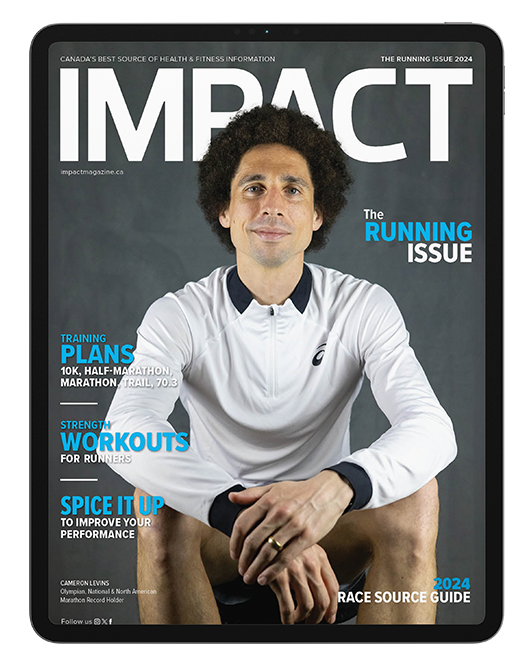
Read This Story in Our 2024 Running Issue
Featuring Canadian Olympic, National & North American Marathon Record holder Cameron Levins. Run your way around the world with some cool, quirky and unconventional races. Train for 10 km right up to a marathon – plus a 25 km trail run and 70.3 program. Strength workouts for runners, spice it up to improve your performance and so much more.

